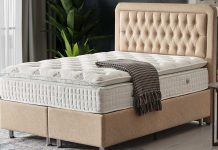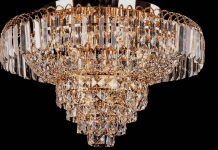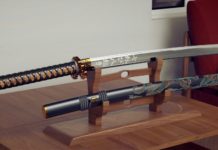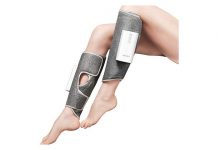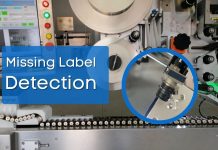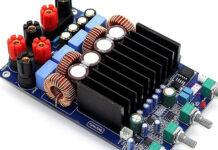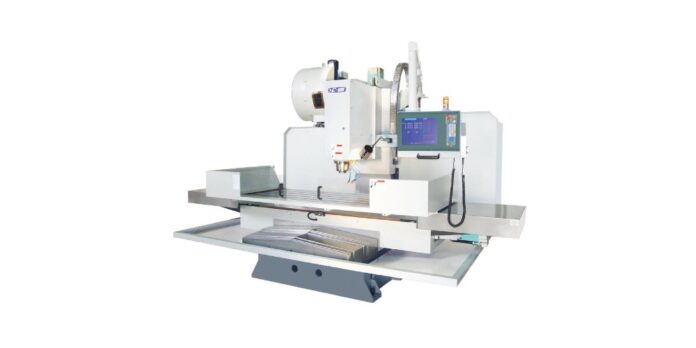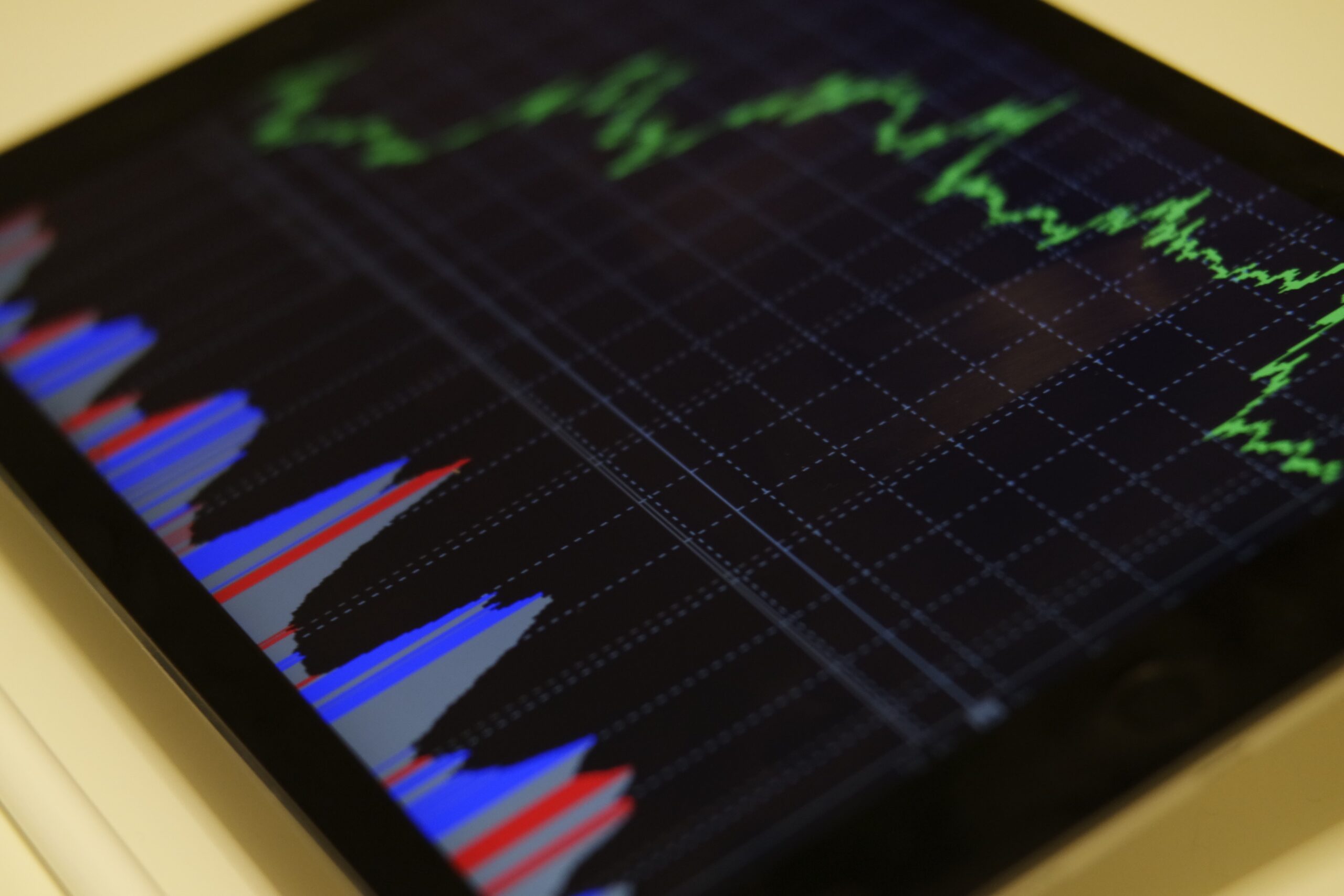CNC machining (Computer Numerical Control) is digital technology used in manufacturing parts with high accuracy directly from a CAD file. You are most likely familiar with CNC machining if you are an engineer. You may find CNC machining services at https://www.china-machining.com/services/cnc-machining/cnc-turning/. Most importantly, engineers like CNC machining globally because it is one of the most accurate manufacturing technologies out there.
What can CNC machining do, and how do they work?
CNC tools have the capability of rotating around various axes, usually three or five axes. There are three basic steps used to categorize the CNC machining process.
First, an engineer uses a computer to design a CAD mode of the desired part. Afterward, a machinist then turns the computer-aided design file into a computer numerical control program called G-code. The G-code is now used to set up the CNC machine. This setup includes all the machining tool adjustments and cutting operations used to create the part and cooling of the part and tools.
A computer automatically controls CNC machining tools such as grinders, mills, routers and lathes during manufacturing. At this level, very little human supervision is required to facilitate the process of manufacturing. CNC machining is cost-competitive for medium-volume and one-off custom production due to its high level of automation.
The difference between CNC machining and other technologies such as 3-D printing and injection molding is its subtractive manufacturing technology. Subtractive manufacturing technology involves creating parts by taking away material off a hard block. The block is referred to as a workpiece or blank. A variety of automated cutting operations help with the removal of material from the blank or workpiece.
Why CNC machining is different from 3-D printing and injection molding
Unlike CNC machining, 3-D printing is additive, whereas injection molding is formative manufacturing technology. This means that material is added together to create parts during the manufacturing process. CNC machining is the exact opposite and involves the subtraction of material from the blank.
There is no shortage when it comes to CNC machining. Meaning you can CNC-machine any hard material. Among the most popular materials used for CNC machining include brass, aluminum, nylon, Delrin and ABS. The best thing with CNC machining is its ability to create highly custom parts with very tight tolerances making it one of the most accurate manufacturing technologies in existence.
Standard tolerances for machining plastic or metals are approximately ±0.125 mm or 125 microns. Features with a smaller tolerance of ±0.050 and ±0.025 mm are feasible and can be factory-made through CNC machining. ±0.025 mm can be compared to a size smaller than human hair.
Which type of CNC machine is best for you?
The best type of CNC machine depends on various factors. The first important factor you should consider is whether the machine suits your needs. Secondly, you should look at the speed and number of products that you would like to manufacture at a given time frame. You may choose between a small scale and a large scale CNC machine to create a difference in the volume you manufacture.


